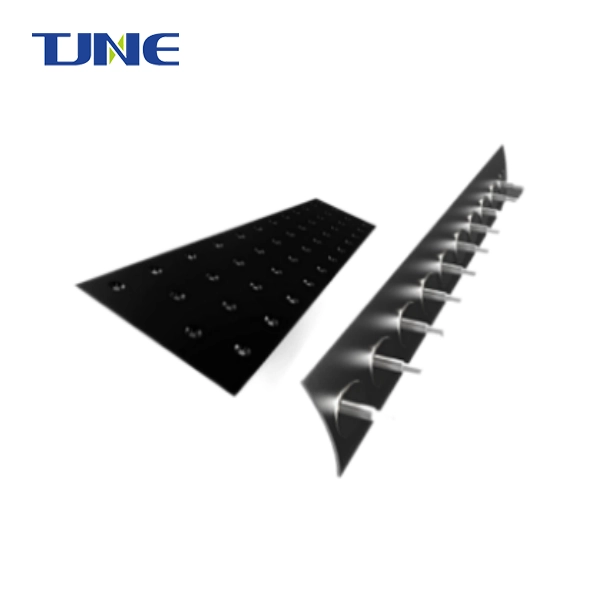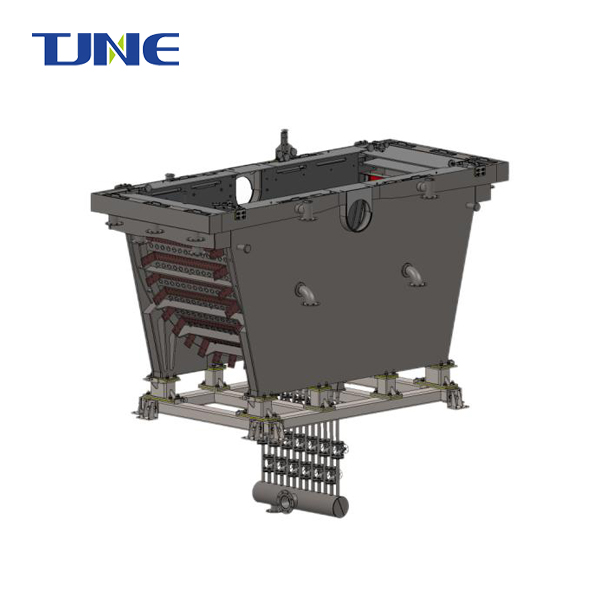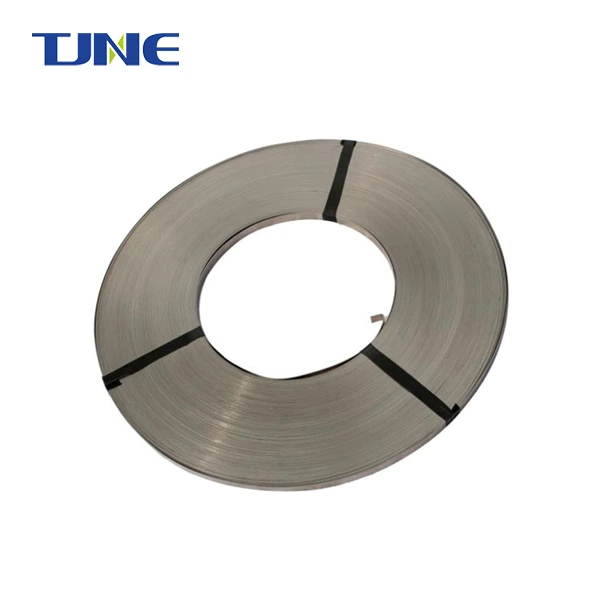- English
- French
- German
- Portuguese
- Spanish
- Russian
- Japanese
- Korean
- Arabic
- Greek
- German
- Turkish
- Italian
- Danish
- Romanian
- Indonesian
- Czech
- Afrikaans
- Swedish
- Polish
- Basque
- Catalan
- Esperanto
- Hindi
- Lao
- Albanian
- Amharic
- Armenian
- Azerbaijani
- Belarusian
- Bengali
- Bosnian
- Bulgarian
- Cebuano
- Chichewa
- Corsican
- Croatian
- Dutch
- Estonian
- Filipino
- Finnish
- Frisian
- Galician
- Georgian
- Gujarati
- Haitian
- Hausa
- Hawaiian
- Hebrew
- Hmong
- Hungarian
- Icelandic
- Igbo
- Javanese
- Kannada
- Kazakh
- Khmer
- Kurdish
- Kyrgyz
- Latin
- Latvian
- Lithuanian
- Luxembou..
- Macedonian
- Malagasy
- Malay
- Malayalam
- Maltese
- Maori
- Marathi
- Mongolian
- Burmese
- Nepali
- Norwegian
- Pashto
- Persian
- Punjabi
- Serbian
- Sesotho
- Sinhala
- Slovak
- Slovenian
- Somali
- Samoan
- Scots Gaelic
- Shona
- Sindhi
- Sundanese
- Swahili
- Tajik
- Tamil
- Telugu
- Thai
- Ukrainian
- Urdu
- Uzbek
- Vietnamese
- Welsh
- Xhosa
- Yiddish
- Yoruba
- Zulu
Bipolar plates for play a crucial role in water electrolysis, serving as an important component for PEM electrolyzer, which consists of membrane electrode assembly, gas diffusion layer, etc. As the world increasingly turns to hydrogen as a clean energy carrier, understanding the intricacies of becomes essential for optimizing water electrolysis systems and advancing sustainable energy technologies.
How do bipolar plates enhance the efficiency of water electrolysis?
Bipolar plates are fundamental components in water electrolysis systems, significantly impacting the overall efficiency of the process. Bipolar plates are carefully designed and specialized material that work in tandem to facilitate the electrolysis reaction while minimizing energy losses.
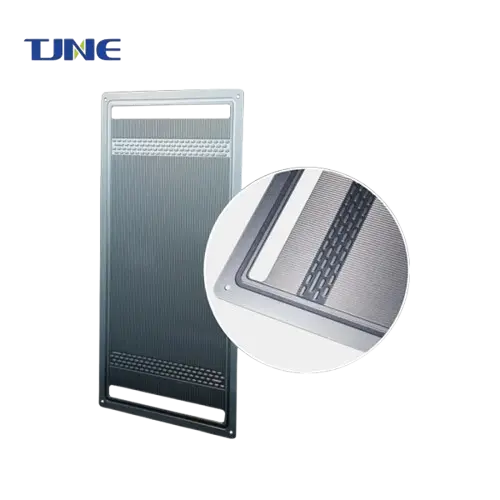
The bipolar plates are typically made from materials with high catalytic activity, such as titanium. These materials are chosen for their ability to reduce the overpotential required for the hydrogen and oxygen evolution reactions, thereby increasing the energy efficiency of the system. The surface of these electrodes is often modified or coated with additional catalysts to further enhance their performance. For instance, the bipolar plates may be coated with platinum to reduce surface resistance.
The design of the bipolar plates also plays a crucial role in efficiency enhancement. Many modern bipolar plates feature high surface area structures, which increase the active area for the electrical conduction.
The membrane electrode assembly, serves multiple critical functions that contribute to the hydrogen and oxygen production. They are typically made from materials like ion membrane, which offer excellent chemical stability in the harsh environment. These materials are coated with metal oxide to improve catalytic performance.
The efficiency of water electrolysis is further enhanced by optimizing the spacing and arrangement of the bipolar plates. Reducing the gap between the bipolar plates helps to minimize the ohmic resistance within the cell, leading to lower voltage drops and higher overall efficiency. Some advanced designs incorporate zero-gap configurations, where the electrodes are in direct contact with the diaphragm, further reducing internal resistance.
Moreover, the integration of flow field designs in the bipolar plates can significantly improve mass transport within the cell. These flow fields, often in the form of channels or grooves on the electrode surface, help to distribute the electrolyte evenly and facilitate the removal of gas bubbles. This enhanced mass transport reduces concentration overpotentials and allows for more uniform current distribution across the electrode surface.
In conclusion, bipolar plates enhance the efficiency of water electrolysis through a combination of advanced materials, optimized designs, and careful integration of components. By reducing overpotentials, minimizing internal resistance, improving mass transport, and maintaining long-term stability, these bipolar plates enable higher current densities, lower energy consumption. As research in this field continues, we can expect further improvements in bipolar plates, paving the way for even more efficient and cost-effective water electrolysis systems.
What are the key challenges in designing bipolar plates for large-scale water electrolysis?
Designing bipolar plates for large-scale water electrolysis presents a unique set of challenges that must be addressed to ensure efficient, cost-effective, and reliable hydrogen production. As the world moves towards a hydrogen-based economy, overcoming these challenges becomes increasingly critical for the widespread adoption of water electrolysis technology.
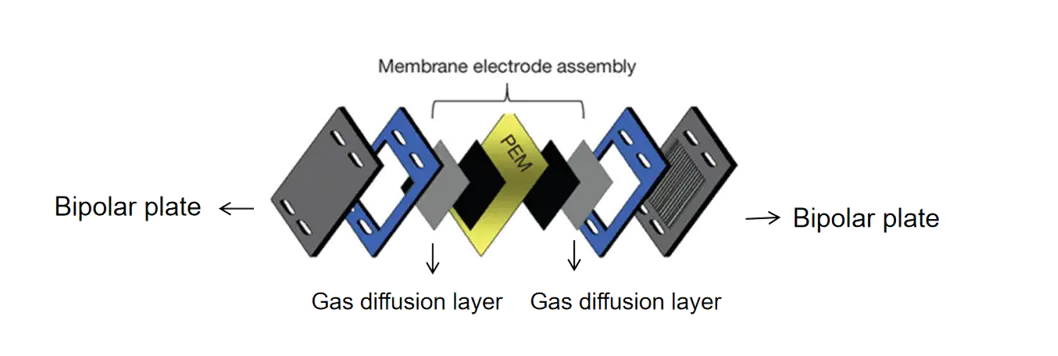
One of the primary challenges in scaling up bipolar plates is maintaining uniform current distribution across larger plate surfaces. As the size of the plate increases, ensuring that the mass transport occur evenly across the entire surface becomes more difficult. Uneven current distribution can lead to hotspots, reduced efficiency, and accelerated degradation of the component. To address this, engineers must carefully design the flow fields and current collectors to promote uniform electrolyte distribution and current flow. Advanced modeling techniques, such as computational fluid dynamics and electrochemical simulations, are often employed to optimize these designs for large-scale systems.
Another significant challenge is managing heat generation and dissipation in large-scale assemblies. Water electrolysis is an exothermic process, and as the scale increases, so does the amount of heat produced. Excessive heat can lead to decreased efficiency, accelerated degradation of materials, and potential safety issues. Designing effective cooling systems that can maintain optimal operating temperatures across large electrode surfaces is crucial. This often involves integrating cooling channels within the electrode structure or implementing external cooling systems that can handle the increased thermal load of large-scale operations.
Material stability and longevity present another set of challenges in large-scale bipolar plates. The harsh environment of water electrolysis cells can be particularly corrosive, especially over extended periods of operation. Developing materials that can withstand these conditions while maintaining high performance is essential. For bipolar plates, this often involves using advanced coatings or developing new alloys that offer both high catalytic activity and excellent corrosion resistance. Diaphragm materials must be engineered to maintain their porosity and ion conductivity over thousands of hours of operation without degrading or becoming clogged with impurities from the electrolyte.
Gas management becomes increasingly complex in large-scale systems. Efficient removal of hydrogen and oxygen bubbles from the electrode surfaces is critical to maintain high current densities and prevent gas accumulation that could lead to safety hazards. Designing effective gas separation and collection systems that can handle the increased volume of gas production in large-scale assemblies is a significant engineering challenge. This often involves optimizing the geometry of gas channels within the electrodes and developing sophisticated gas-liquid separation systems at the top of the electrolysis cells.
Scaling up also introduces challenges related to mechanical stress and structural integrity. Large bipolar plates must be designed to withstand the mechanical forces exerted by high pressure differentials, thermal expansion, and the weight of the assembly itself. Ensuring proper sealing between components to prevent gas and electrolyte leakage becomes more difficult as the size of the assembly increases. Advanced materials and innovative design solutions, such as flexible sealing systems and stress-relieving structures, are often required to address these mechanical challenges.
Cost considerations play a crucial role in the design of large-scale bipolar plates. While advanced materials and complex designs can offer performance benefits, they must be balanced against the economic realities of large-scale hydrogen production. Developing cost-effective manufacturing processes for large electrodes and diaphragms, optimizing material usage, and designing for ease of maintenance and replacement are all important factors in creating economically viable large-scale systems.
Another challenge lies in the integration of bipolar plates with balance-of-plant components in large-scale electrolysis plants. This includes designing interfaces with power supply systems, water purification units, gas processing equipment, and control systems. Ensuring seamless integration and optimizing the overall system efficiency requires a holistic approach to design that considers the entire hydrogen production process.
Lastly, the development of standardized testing and quality control procedures for large-scale bipolar plates presents its own set of challenges. Developing methods to accurately assess the performance, durability, and safety of these assemblies under realistic operating conditions is crucial for the commercialization of large-scale water electrolysis technology.

In conclusion, designing bipolar plates for large-scale water electrolysis involves addressing a complex interplay of electrochemical, thermal, mechanical, and economic factors. Overcoming these challenges requires interdisciplinary collaboration between materials scientists, electrochemists, mechanical engineers, and process engineers. As research and development in this field continue, innovative solutions to these challenges will pave the way for the widespread deployment of large-scale water electrolysis systems, contributing significantly to the global transition towards a sustainable hydrogen economy.
What recent advancements have been made in materials for water electrolysis?
Recent years have witnessed significant advancements in materials for water electrolysis, driven by the growing demand for more efficient and cost-effective hydrogen production. These innovations span a wide range of materials science and engineering disciplines, targeting improvements in catalytic activity, stability, conductivity, and overall performance of water electrolysis systems.
One of the most notable advancements in electrode materials has been the development of nanostructured catalysts. Researchers have made substantial progress in creating high-surface-area electrodes with enhanced catalytic properties. For example, nickel-based nanofoams and nanowires have shown remarkable improvements in hydrogen evolution reaction (HER) performance compared to traditional flat nickel electrodes. These nanostructured materials provide a significantly larger active surface area, leading to higher current densities and improved gas production rates. Similarly, for the oxygen evolution reaction (OER), mixed metal oxides with complex nanostructures have demonstrated superior catalytic activity and stability. Compounds such as nickel-iron layered double hydroxides (NiFe LDH) and cobalt-based perovskites have emerged as promising candidates for high-performance OER catalysts.
Another significant advancement has been the development of bifunctional catalysts capable of efficiently catalyzing both the HER and OER. These materials are particularly valuable for unitized regenerative fuel cells and reversible water electrolyzers. Recent research has focused on creating composite materials that combine the beneficial properties of multiple catalysts. For instance, nickel-molybdenum-based alloys with incorporated carbon nanotubes have shown excellent bifunctional catalytic activity, stability, and conductivity.
In the realm of diaphragm materials, there has been a push towards developing more robust and efficient ion-conducting membranes. Traditional asbestos-based diaphragms have been phased out due to health and environmental concerns, leading to the development of synthetic alternatives. Advanced polymer-based membranes, such as those made from polysulfone or polyethersulfone, have been engineered to offer improved ion conductivity while maintaining excellent chemical stability in alkaline environments. These materials are often modified with functional groups or inorganic fillers to enhance their performance further.
A particularly exciting development in diaphragm technology has been the creation of anion exchange membranes (AEMs) for use in anion exchange membrane water electrolysis (AEMWE). These membranes allow for the use of less corrosive electrolytes and potentially cheaper electrode materials. Recent advancements in AEMs have focused on improving their alkaline stability and ion conductivity. Novel polymer architectures, such as those based on quaternary ammonium-functionalized aromatic polymers, have shown promising results in terms of stability and performance.
Advancements in coating technologies have also played a crucial role in improving bipolar plates. Plasma spraying and physical vapor deposition techniques have been refined to create highly uniform and adherent catalyst layers on plates surfaces. These methods allow for precise control over catalyst loading and distribution, optimizing the use of expensive catalytic materials. Additionally, protective coatings have been developed to enhance the longevity of bipolar plates in harsh environments.
The application of two-dimensional (2D) materials in water electrolysis has emerged as a promising field of research. Materials such as graphene, transition metal dichalcogenides (TMDs), and MXenes have shown potential as both catalyst supports and active catalysts. These 2D materials offer unique properties, including high surface area, excellent electrical conductivity, and tunable electronic structures. For instance, molybdenum disulfide (MoS2) nanosheets have demonstrated impressive HER activity, while nickel-iron layered double hydroxide nanosheets have shown exceptional OER performance.
Bioderived and sustainable materials have also gained attention in the development of materials in PEM electrolyzer. Researchers are exploring the use of carbon-rich biomass-derived materials as precursors for catalysts and electrode supports. These materials offer the potential for low-cost, environmentally friendly alternatives to traditional synthetic materials.
Advancements in computational modeling and artificial intelligence have accelerated the discovery and optimization of new materials for PEM electrolyzer. High-throughput screening methods, combined with machine learning algorithms, have enabled researchers to predict and design novel materials with enhanced properties. These computational approaches have led to the identification of promising new catalyst compositions and electrode structures that might have been overlooked using traditional experimental methods.
Lastly, there have been significant improvements in the scalability and manufacturability of advanced materials for PEM electrolyzer. Techniques such as roll-to-roll processing, 3D printing, and continuous flow synthesis have been adapted for the production of electrodes and membranes, paving the way for large-scale, cost-effective manufacturing of high-performance water electrolysis components.
In conclusion, recent advancements in materials for water electrolysis have been diverse and impactful. From nanostructured catalysts and advanced polymer membranes to integrated composite assemblies and sustainable materials, these innovations are driving significant improvements in the efficiency, durability, and cost-effectiveness of water electrolysis systems. As research in this field continues to progress, we can expect further breakthroughs that will play a crucial role in the widespread adoption of hydrogen as a clean energy carrier.
If you are interested in the products of Xi'an Taijin New Energy & Materials Sci-Tech Co., Ltd., please contact yangbo@tjanode.com.
References
1. Schalenbach, M., Tjarks, G., Carmo, M., Lueke, W., Mueller, M., & Stolten, D. (2016). Acidic or alkaline? Towards a new perspective on the efficiency of water electrolysis. Journal of The Electrochemical Society, 163(11), F3197-F3208.
2. Pletcher, D., & Li, X. (2011). Prospects for alkaline zero gap water electrolysers for hydrogen production. International Journal of Hydrogen Energy, 36(23), 15089-15104.
3. Zeng, K., & Zhang, D. (2010). Recent progress in alkaline water electrolysis for hydrogen production and applications. Progress in Energy and Combustion Science, 36(3), 307-326.
4. Rashid, M. M., Al Mesfer, M. K., Naseem, H., & Danish, M. (2015). Hydrogen production by water electrolysis: a review of alkaline water electrolysis, PEM water electrolysis and high temperature water electrolysis. International Journal of Engineering and Advanced Technology, 4(3), 80-93.
5. Xu, W., & Scott, K. (2010). The effects of ionomer content on PEM water electrolyser membrane electrode assembly performance. International Journal of Hydrogen Energy, 35(21), 12029-12037.
6. Ayers, K. E., Middleton, P. H., & Lohkemper, J. H. (2012). Membrane-based water electrolysis: A new approach for improving efficiency and performance. ECS Transactions, 50(2), 417-426.
7. Vincent, I., & Bessarabov, D. (2018). Low cost hydrogen production by anion exchange membrane electrolysis: A review. Renewable and Sustainable Energy Reviews, 81, 1690-1704.
8. Gu, S., Sheng, W., Cai, R., Alia, S. M., Song, S., Jensen, K. O., & Yan, Y. (2013). An efficient Ag–ionomer interface for hydroxide exchange membrane fuel cells. Chemical Communications, 49(2), 131-133.
Related Industry Knowledge
- How are Bipolar Plates Designed for Hydrogen Production Through Water Electrolysis?
- What is Platinum Plated Titanium?
- How Do Titanium Anodes Contribute to the Innovation in Cobalt Electrowinning Technology?
- Are There Environmental Benefits to Using Titanium Anodes for Copper Electrowinning?
- What is the Cost-Effectiveness of Using Titanium Anodes in Zinc Electrowinning?
- How Do Titanium Anodes Enhance Zinc Electrowinning Processes?
- What are the Environmental Benefits of Using Titanium Electrodes for Cobalt Electrowinning?






